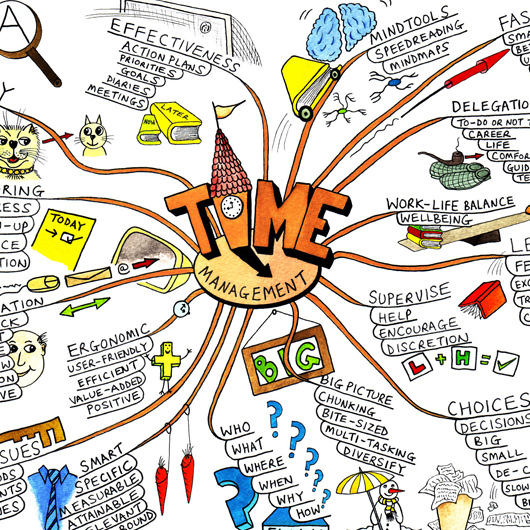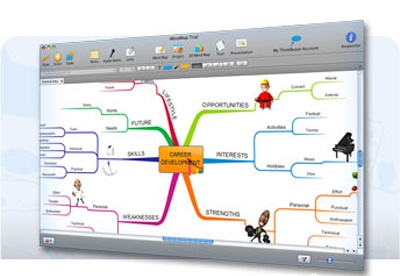


It also allows for quick selection, which will be useful for larger mind maps with a lot of convoluted links, topics, and connections. This menu gives you a very easy way to generally get an idea of how topics are organized. Objects include links, topics, and subtopics. Links allow you to connect two topics or subtopics, icons can be embedded into topics for easier memorization or recognition, remarks can be added for clarification and emphasis, progress bars can be added to a topic or subtopic to indicate completion (although I’ve never used it), and select mode and scroll modes are used to navigate around the mind map. Here’s are two great quick shortcuts: clicking a topic and pressing enter will allow you to create a new topic, whilst clicking a topic and pressing tab will allow you to create a new subtopic. I’ve highlighted the ones most important to mind mapping: adding topics, subtopics, links, icons, remarks, progress bars, select mode, scroll mode, and zooming in and out (respectively).Īs you can imagine, topics are parents of subtopics. In this overview screenshot, you can see the four main parts of Blumind: 😉 (It was setting me up, I had to go for it!) Upon first using it, I guess you could say Blumind blew my mind. exe file so you could also easily use it from your portable pen drive. Isn’t there a faster, easier solution?īlumind is a free piece of software that organizes mind maps on your computer. I hated coloring in my circular boxes and carefully placing clouds here and there so that they wouldn’t collide with other ones. The only downside to mind mapping was the time it took to create one, and how easily it could be lost or damaged.


 0 kommentar(er)
0 kommentar(er)
